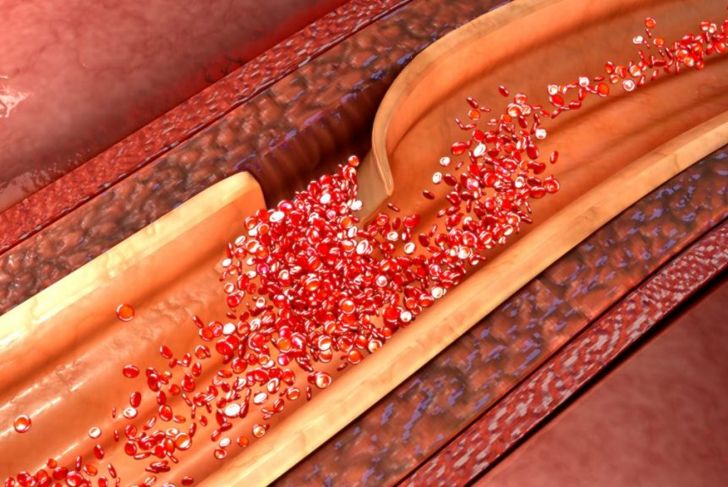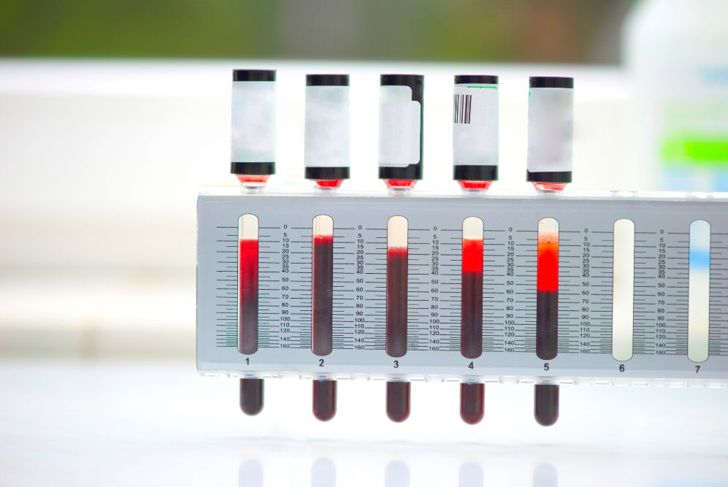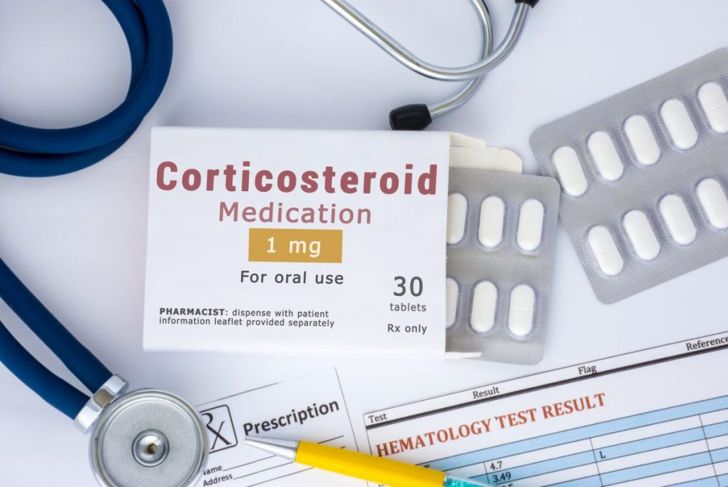Temporal arteritis is a systemic, rheumatological disease that affects the entire body. In the U.S., 278 people in 100,000 have an increased risk of developing this condition, with the majority being women of northern European or Scandinavian descent. Acting quickly to manage temporal arteritis is key to staving off complications, so it is important to recognize the signs and symptoms.
What Is Temporal Arteritis?
Also known as Horton’s or giant cell arteritis, temporal arteritis is swelling of the lining of small and medium blood vessels near the temples, including the superficial temporal arteries. Other affected arteries include the carotid artery, which supplies blood to the brain, face, and neck; the subclavian, which supplies the thorax, arms, shoulders, and head; and the iliac arteries, which derive from the aorta and supply the sacroiliac region in the pelvis.
Symptoms: Headache and Scalp Pain
Because of the location of the inflammation, severe, throbbing headaches originating from the temples or at the back of the head are common symptoms of temporal arteritis. In addition, the scalp may feel so tender that something as innocuous as brushing one’s hair or other light contacts can be very painful.
Polymyalgia Rheumatica
Because family history is a factor, doctors are working to understand the exact genetics of temporal arteritis. Experts note a relationship between temporal arteritis and polymyalgia rheumatic or PMR — painful inflammation of the hip, shoulder, neck, and thigh muscles that worsens at night and in the mornings. Research shows that half of those with giant cell arteritis (GCA) have PMR, and up to 20% of people with PMR have giant cell arteritis.
Double Vision
Temporal arteritis has significant implications for vision; the condition can affect various visual pathways suddenly or over time. Giant cell arteritis induces diplopia or double vision in up to 20% of cases. The inflammation can also cause slow blood flow or total blockage in the ocular motor system, resulting in episodes of skewed vision. In some cases, this leads to becoming permanently cross-eyed.
Vision Loss
Vision loss from temporal arteritis stems from various complications. A blockage of the central retinal artery can occur in the choroid, which is responsible for oxygenating and nourishing the retina, resulting in profound vision loss. Along with this condition, seven percent of people with temporal arteritis deal with an occipital lobe infarct, essentially a stroke in the occipital lobe.
Mouth Complications
Sometimes, dentists misdiagnose individuals over 50 with jaw pain from temporal arteritis with temporomandibular joint disorder or TMJ. However, it is the thickening and inflammation of the vessels in the area that causes changes in the jaw muscles, leading to cramping and pain when chewing. Along with jaw problems, individuals may experience ischemic lesions on the tongue, leading to tongue necrosis. Both issues make eating difficult, culminating in unintentional weight loss.
Aortic Dissection
Aortic dissection is a tear in the artery that causes blood to flow between the vessel wall layers. The risk of this life-threatening complication increases with an aortic aneurysm, because the larger the bulge in the vessel, the more likely it will tear. However, when it comes to people with temporal arteritis, research indicates that regardless of aneurysm size, there is always a risk of dissection in the ascending thoracic aorta, which is closer to the heart.
Blood Tests and ESR
Based on symptoms during an evaluation, doctors may suspect temporal arteritis. To confirm, they check a patient’s erythrocyte sedimentation rate or ESR, which tests how long it takes for blood cells to settle at the bottom of a test tube. The faster they settle, the higher the levels of inflammation in the body; greater speeds support the initial diagnosis. This, along with a high-level C-reactive protein test, confirms temporal arteritis. Consequently, if the temporal arteries feel bumpy, doctors may do a temporal artery biopsy, requiring local anesthesia, a shallow incision, and removal of a one-inch piece of the vessel.
Steroid Treatment
People who receive treatment for temporal arteritis before vision impairment develops face much better odds of recovery. Once symptoms progress to significant impairment, treatment is more likely to stall progression, rather than improve the present degree of vision loss. The standard treatment protocol for systemic vasculitis is corticosteroids, which help people feel better quickly and keep inflammation under control.
Treatment Complications
Treating temporal arteritis requires taking corticosteroids for two years or longer. Unfortunately, prolonged corticosteroid use suppresses bone reabsorption, a process vital to bone growth. To mitigate this side effect, doctors prescribe calcium and vitamin D in addition to medication. Along with the risk of osteoporosis, corticosteroids cause sodium retention, which leads to hypertension. People on this treatment regimen require regular blood pressure tests to catch the potential complication early.

 Home
Home Health
Health Diet & Nutrition
Diet & Nutrition Living Well
Living Well More
More




















